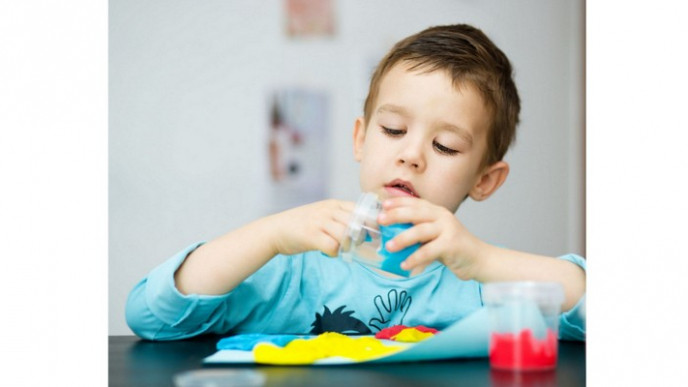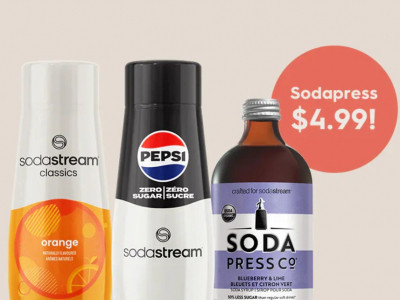Many of us have made home made slime or play dough for our kids using recipes that call for boric acid (borax or boron.)
Health Canada is advising Canadians to avoid using boric acid for arts and crafts projects. Boric acid, also called boron or borax, is used in home made recipes for crafts, such as slime, or modeling clay. Sometimes it's used in making home made pesticides. Further actions to protect Canadians from overexposure to boric acid are currently being examined and will be communicated once the final risk assessment under the Chemicals Management Plan is complete.
Canadians are exposed to boric acid naturally through the environment, in some food items (such as fruit and vegetables) and drinking water. Other ways that we're exposed to boric acid are in pesticides, cleaning products, homemade arts and craft materials, cosmetics, swimming pool and spa chemicals and drugs and natural health products.
Health Canada has found, after completing a draft risk assessment, that overexposure to boric acid has the potential to cause developmental and reproductive health effects, and because we are already naturally exposed to it, it's been advised by Health Canada that exposure from other sources should be reduced as much as possible, especially for children and pregnant women. Multiple exposures from a variety of sources are the concern in this advisory.
Products such as pesticides that contain boric acid will be phased out of the maketplace over the next 24 months, and updates to labels will be required for others. Labels will include instructions such as, products can only be applied and used in areas that are inaccessible to children and pets. This will help to protect Canadians from overexposure to boric acid. Other label changes will be present as well. You can read more about it on this Healthy Canadians Boric Acid Advisory link.
What you should do to minimize exposure to boric acid
- For home made crafts to create items such as slime or play dough, or home made pesticides, find recipes that don't contain boric acid.
- Check product labels for "borax" and "boron-containing". If you're not sure if a product contains borax, contact the manufacturer.
- Store cleaning products out of sight and reach of children, and follow the directions on the label carefully.
- Read the label to discover the proper manner in which to dispose of chemicals.
- When a product is regulated under the Food and Drugs Act and has been reviewed by Health Canada. there will be a drug identification number (DIN),natural product number (NPN) or homeopathic medicines number (DIN-HM) on health products.
- If you have a pesticide with any of the following ingredients on the label, check Health Canada's new pesticide label search mobile app for the most recent product information and label instructions:
- boric acid
- borax (disodium tetraborate pentahydrate)
- borax (disodium tetraborate decahydrate)
- disodium octaborate tetrahydrate
- zinc borate
If you experience an adverse reaction in relation to boric acid or a pest control product, report this to the manufacturer, who is required by law to report it to Health Canada. You may also report it to Health Canada by completing an incident report form.
For more information, contact:
Health Canada: 613-957-2991, or toll free at 1-866-225-0709






















Comments